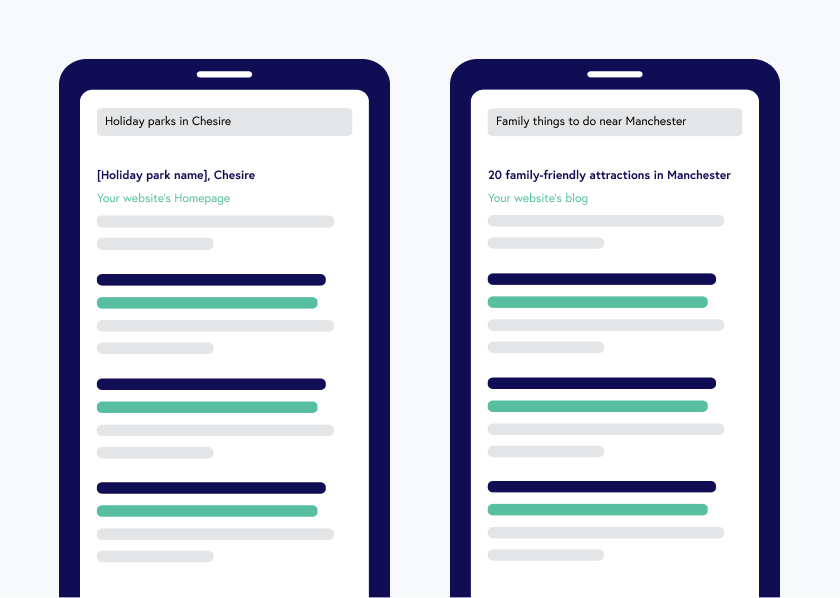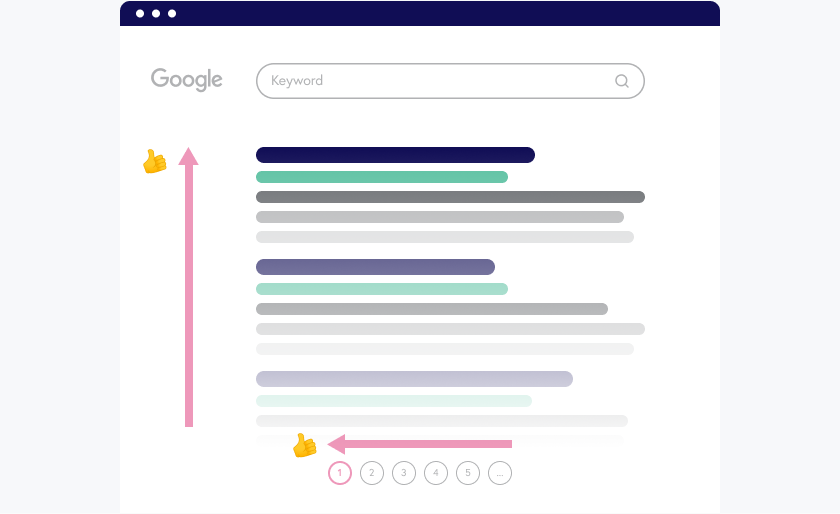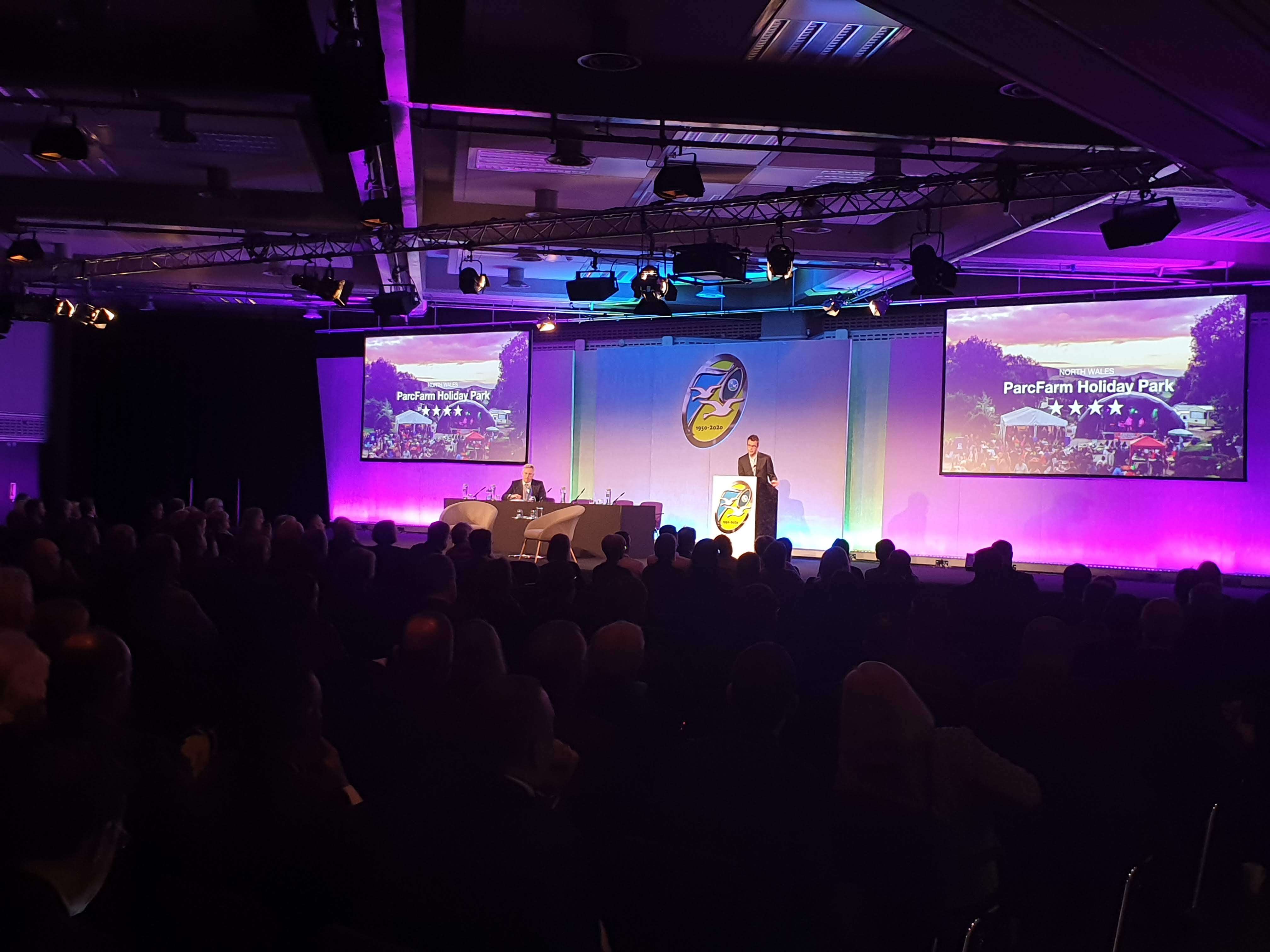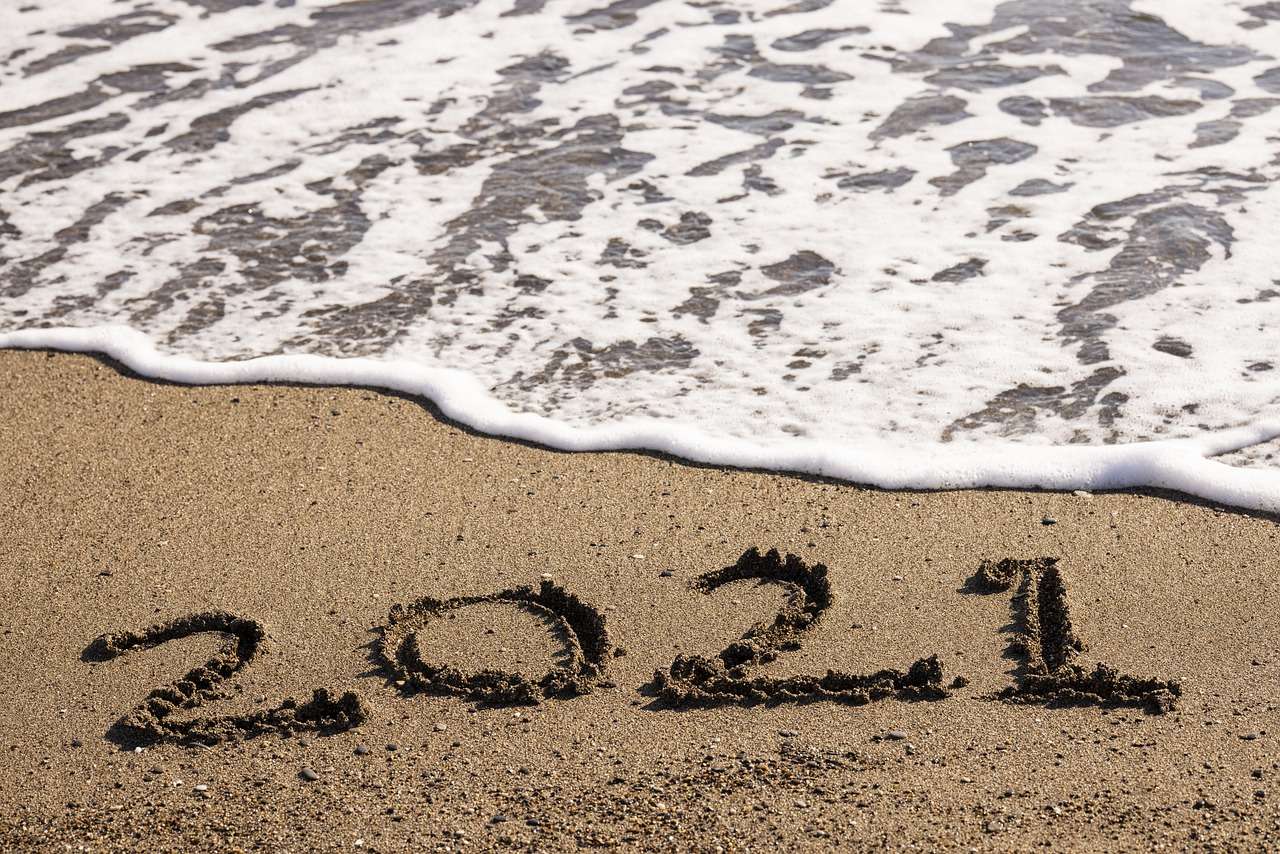How to take better photos of your holiday park
Feature Article
This article shows you how to take some excellent photos of your park, even using your phone. Based on our professional experience and also the experience of holiday park photographers...
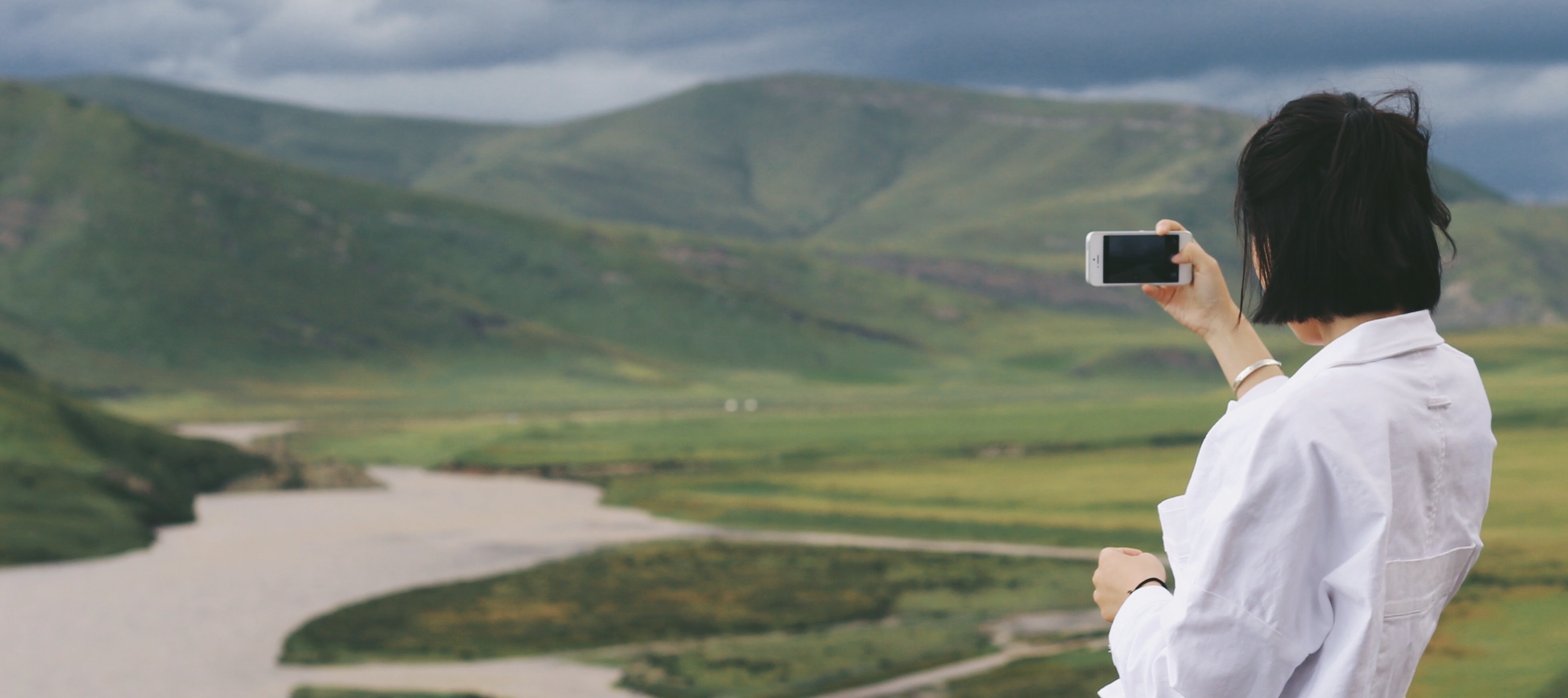
Photography Advice from Holiday Park Experts
I asked some holiday park friends (who are also great photographers) on how they take photos that do justice to their sites and caravans. This was one response I got:
“1. You cannot make a caravan look good! 2. A caravan is a caravan is a caravan…”
Not what I expected. Fortunately, the photographer expanded:
“If number 1 and 2 are true, then we need something else to bring the image to life. For me it is all about the context or setting. For example, a picture of a caravan looking over a lake is much better than the same caravan from another angle but without the lake.
Even if the text says the caravan is on a lake edge plot, by showing it, the picture should connect with the viewer on an emotional level. Connections on an emotional level trump all logic and reason.”
So practically speaking, when taking a photo don’t just show a caravan or plot from the same angle in every shot, find a unique angle that shows off its best setting.
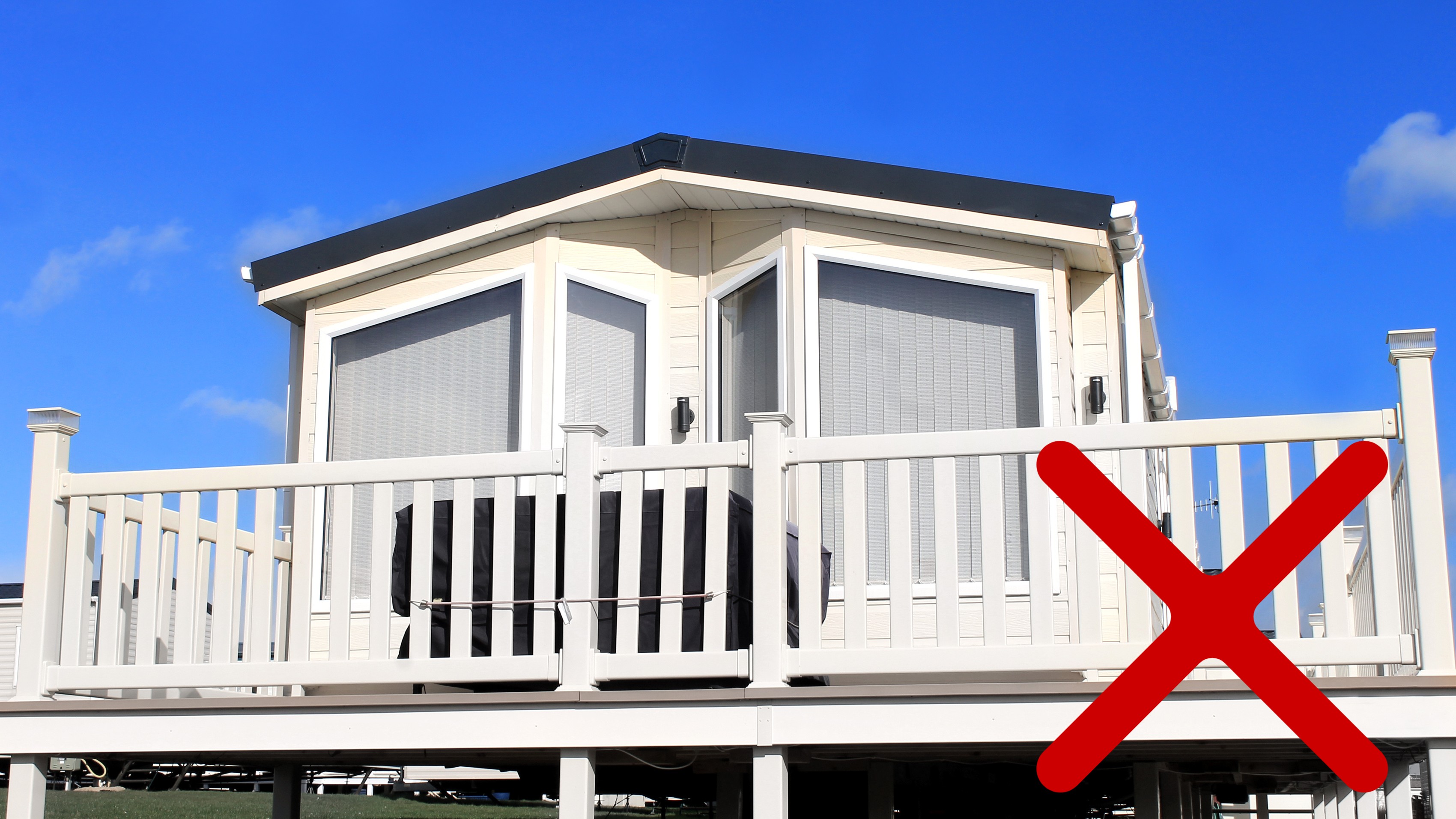
Even if the text says the caravan is on a lake edge plot, by showing it, the picture should connect with the viewer on an emotional level
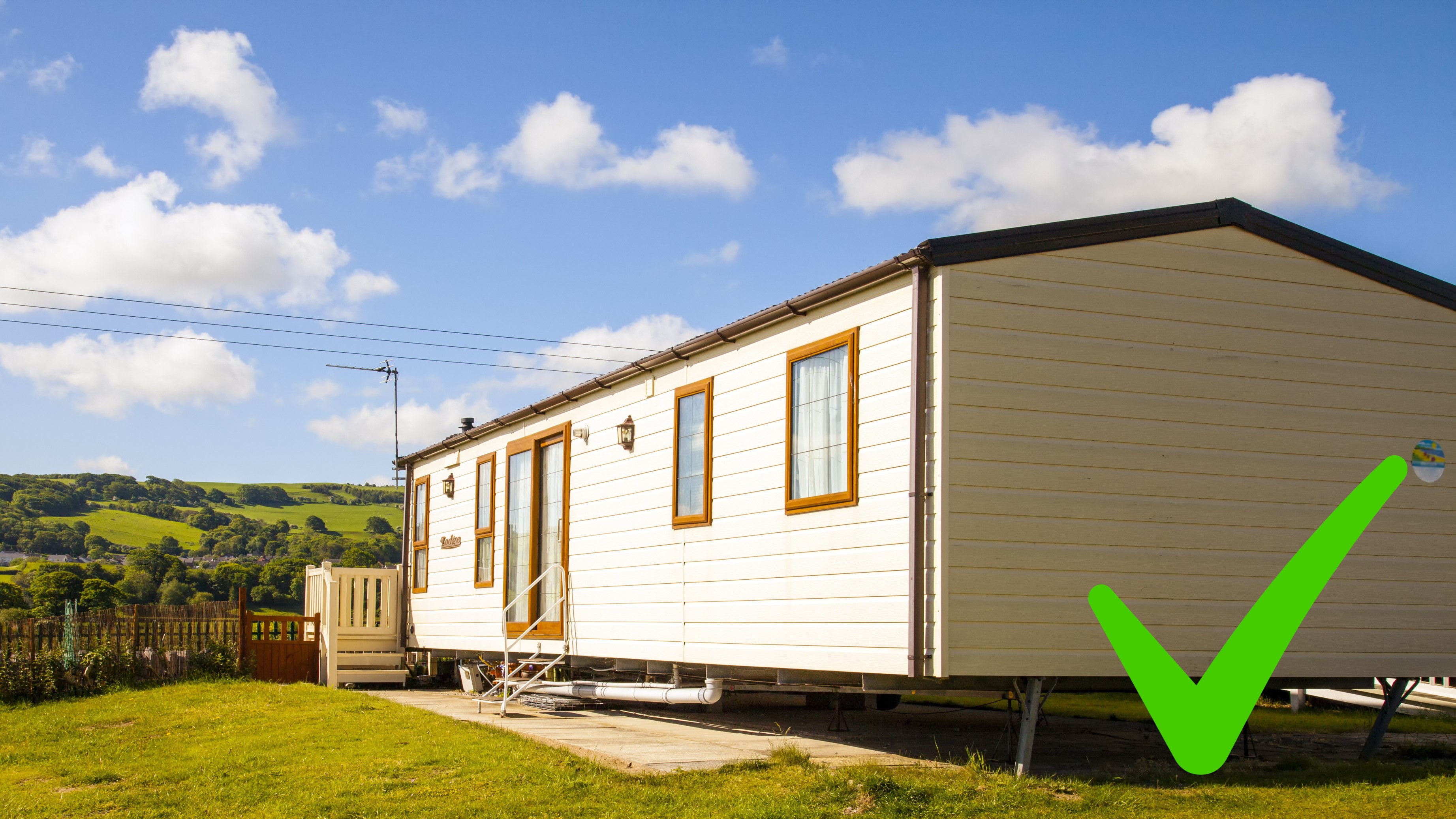
Photos for caravan/lodge sales and promoting booking holidays
This is relevant whether you're selling holiday homes...
“For holiday park photography it is important to remember that you’re not promoting the caravan – the customer could probably buy that model anywhere in the UK – you are using photography to give them a compelling reason to purchase it on your park.”
...Or promoting holidays to holidaymakers too...
"Through your website’s images, they need to be able to see themselves (for example) exploring the local countryside, having a delicious meal at the bar, or a glass of wine on the decking as the sun sets. Your images need to reflect that lifestyle.”
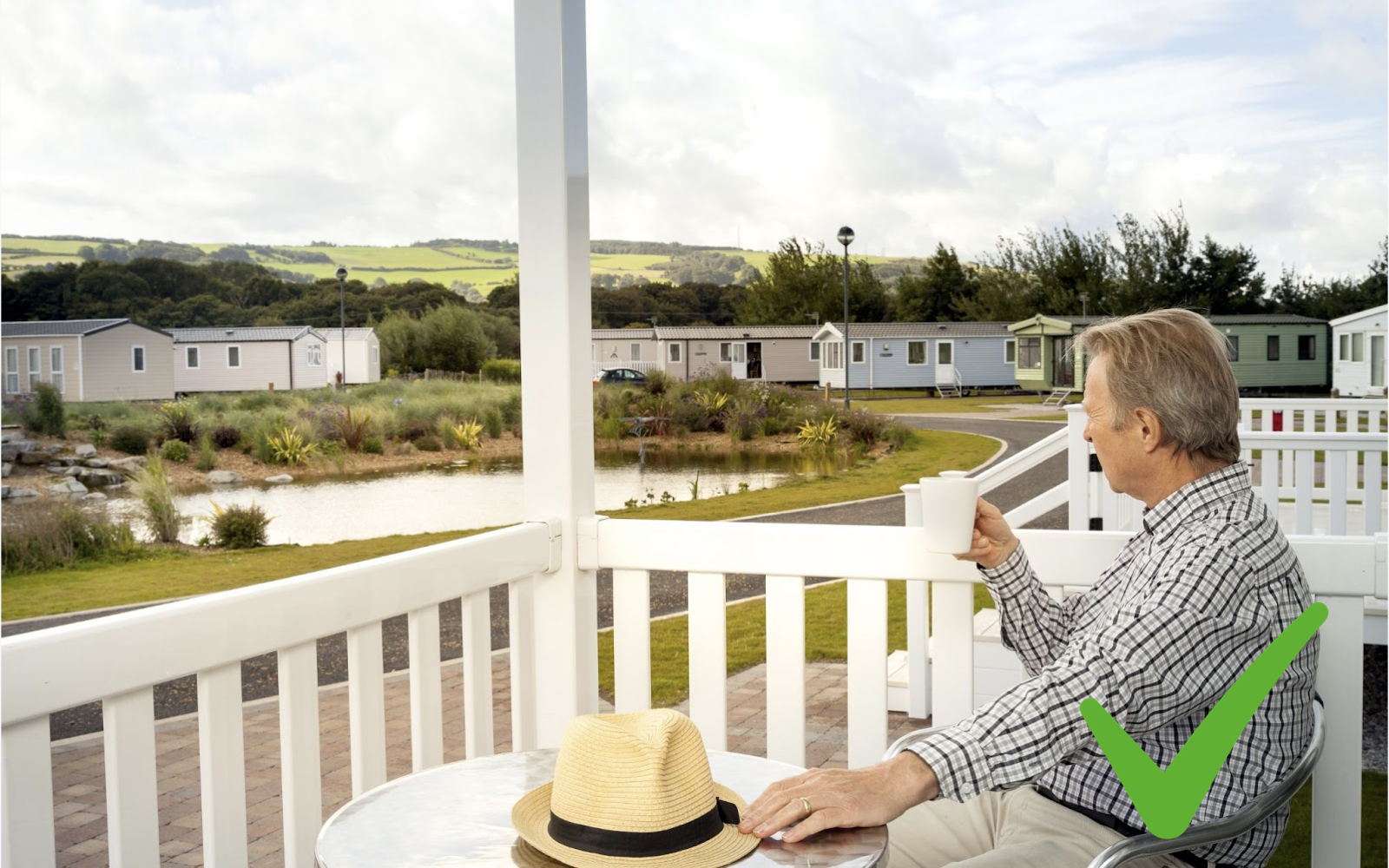
All of our articles and guides are created for holiday parks, campsites, caravan sites, residential parks, and everything in between. If you want to be kept updated with monthly advice and top tips for all things digital, subscribe here.
Top Photography Tips and Tricks for Holiday Parks
These photography tips will elevate the quality of pictures you take around your site. As well as the brilliant advice from the photography experts, they’re all based on our 10 years of experience working with holiday parks.
The most important thing to remember is to take loads of photos. Always be looking out for photo opportunities, whether that’s a beautiful view, nighttime shot, wildlife, interesting interiors, sunset, rainbow, snow, flowers, interesting architecture… don’t just limit yourself to caravan/plot photography.
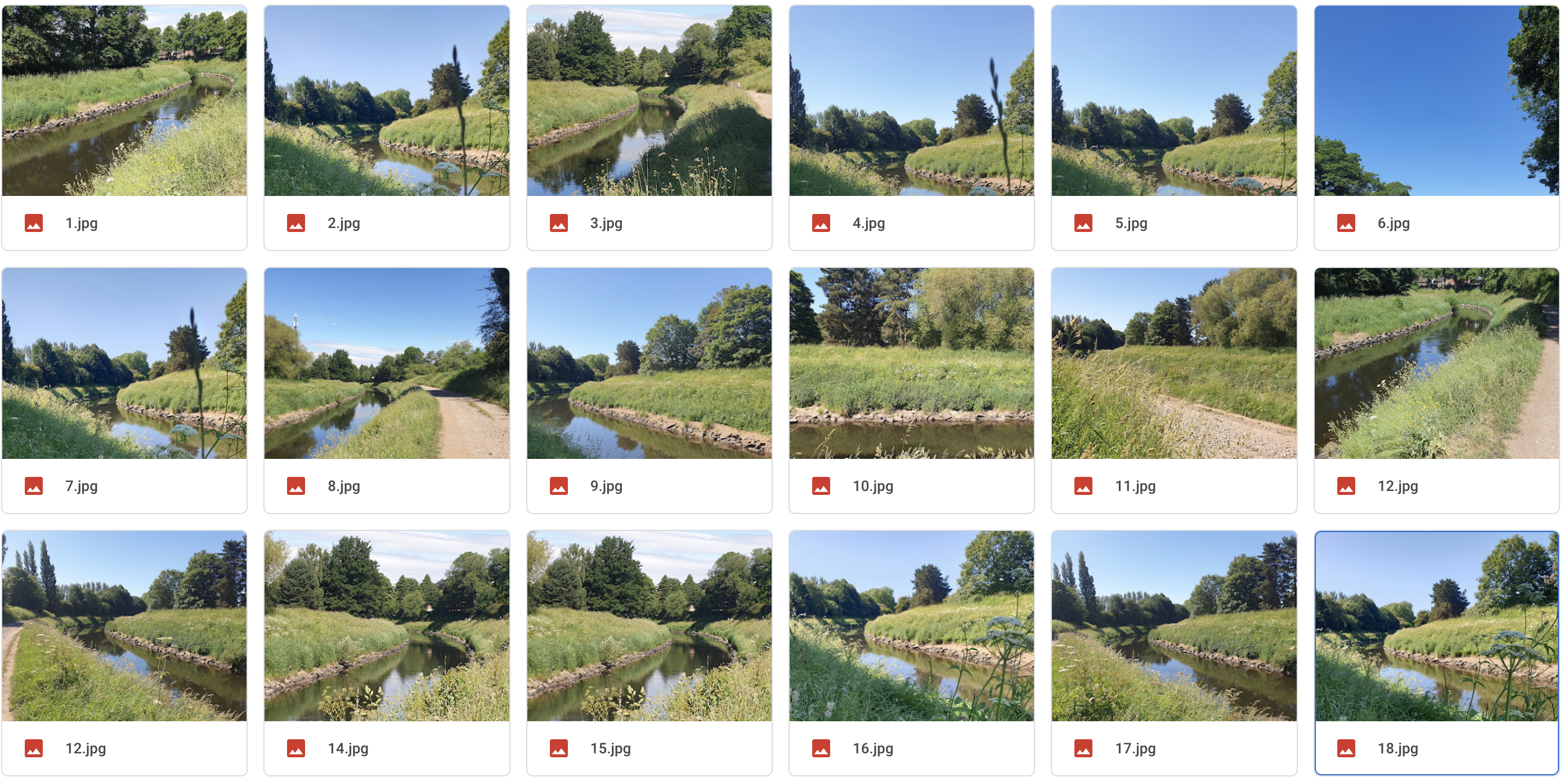
Create a realistic setting in your photos
Bearing in mind what we wrote about trying to reflect the lifestyle of your park, you want your pictures to look realistic and relatable, rather than starkly clean.
- Dress your scene with props. We’d recommend creating a prop kit of books, games, toys, a wine bottle and glasses, a soft throw or picnic rugs (any sorts of items people might have on their holidays) which you can use in caravan after caravan.
- Plan a photoshoot with models who represent your audience. When choosing models, you want people who look good, whilst realistically representing the type of customer you’re aiming for.
- Or take pictures of guests on-site then you can take candid photos which will feel more authentic. You should always request access before taking photos of models.
- Use photography that represents the season you’re trying to sell holidays in. In general, summer photography works great for holiday parks, however, if you’re trying to promote holidays over Christmas, use wrapped-up models and wintry landscapes.
- Update your pictures to reflect your park. It’s no good having a load of pictures from 2010 on your website if you’ve since made a load of changes to your park. Update your pictures frequently so people know what to expect when they visit.
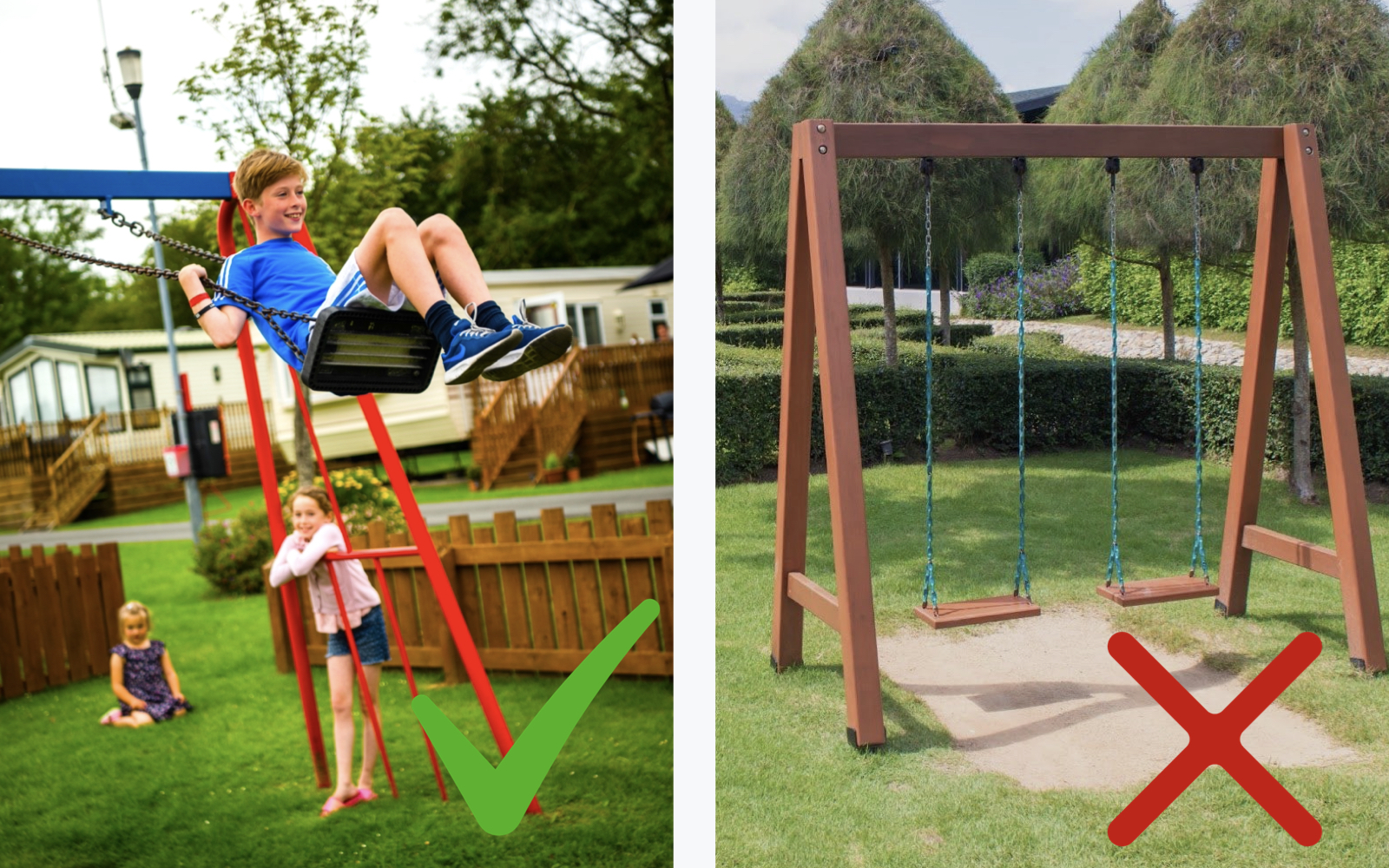
Getting the best lighting
Great lighting and great weather can make all the difference in how appealing a park is.
- When indoors, ideally you always want your main light source to come from behind the camera. This will help reduce any deep shadows or glare.
- Try to avoid using harsh artificial lighting indoors. Sometimes lamps and subtle lighting can help supply mood, but main lights will stand out and create glare in your photo.
- Unless absolutely necessary, only shoot when the weather is good. These photos are designed to help sell dream holidays, and not many people dream about gloomy weather.
- The best natural lighting is either first thing or during ‘golden hour’ which is the last hour of sunlight
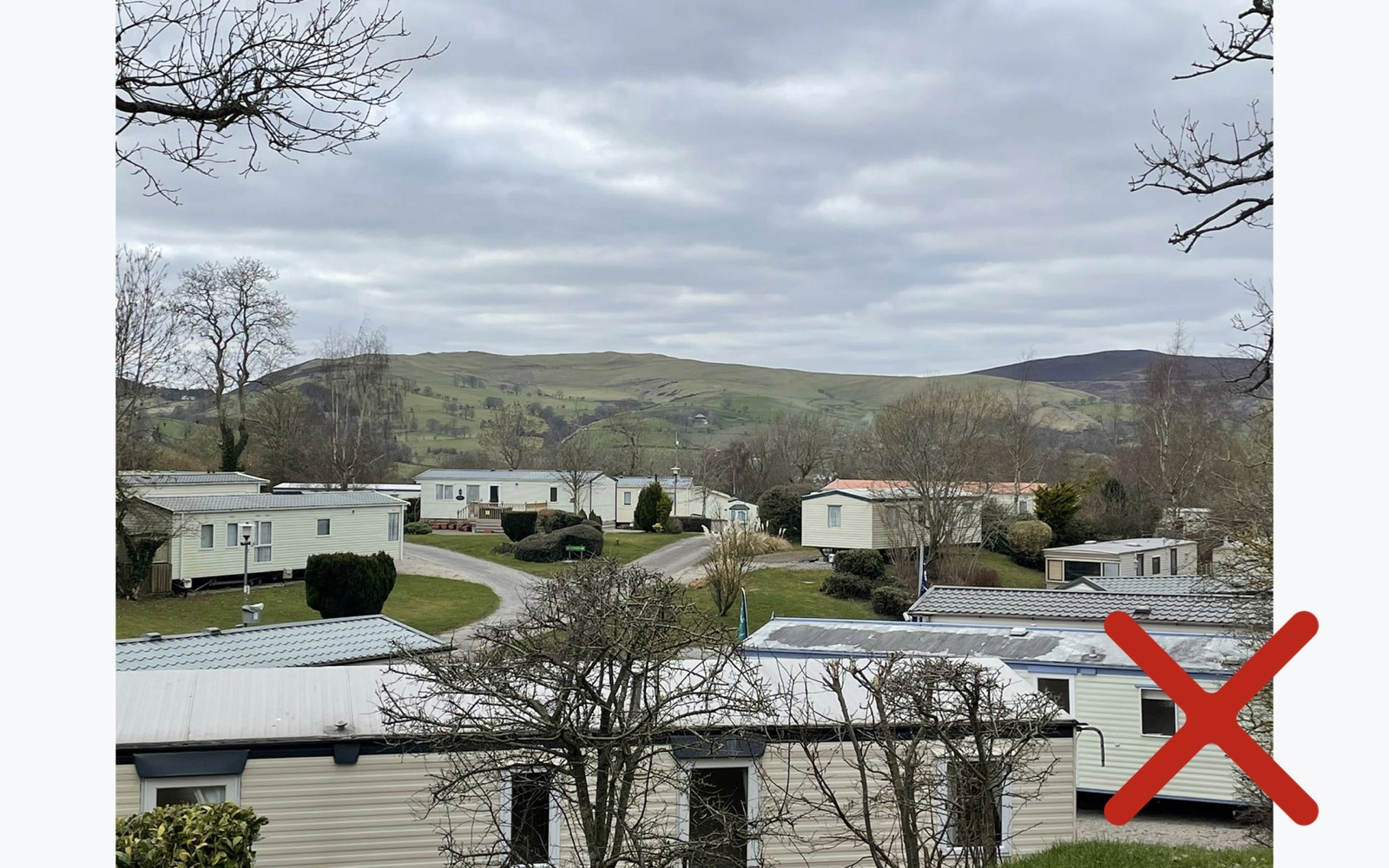
These photos are designed to help sell dream holidays, and not many people dream about gloomy weather
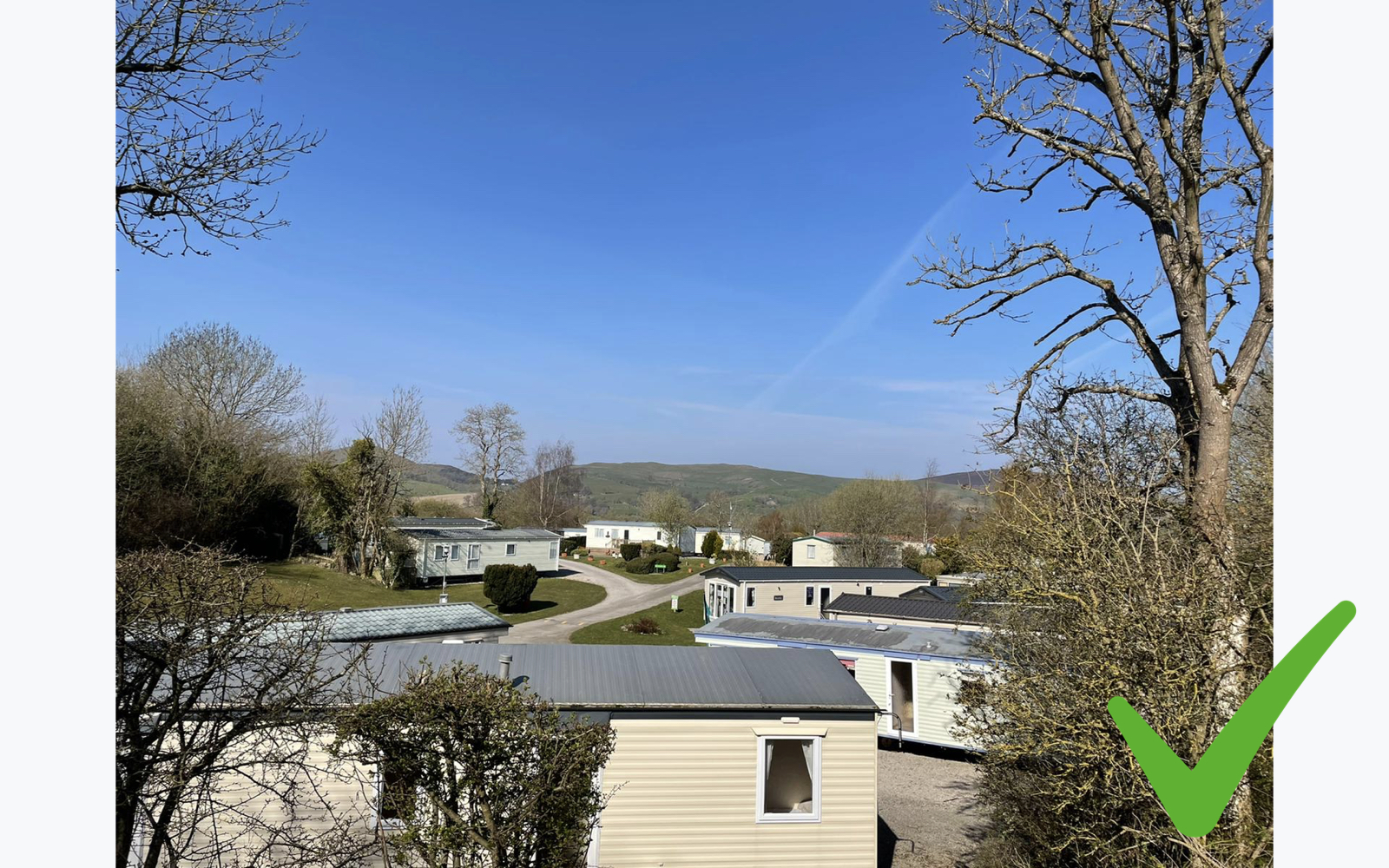
General tips and tricks
These are the sorts of professional tricks which just makes images look better, even subconsciously. You’ll notice that a lot of these involve playing around with how you take the photos. Variety is the spice of life… and photography!
- Turn gridlines on your phone! This is so handy for taking great photos the first time rather than having to straighten photos when editing later. Also, it helps you...
- Stick to the rule of thirds. You’ll notice that these gridlines split your image into thirds. That’s because it’s proven to be the most satisfying composition within photography. The key is having the most interesting points at the intersections of these gridlines.
- Adjust your angle. Not every picture needs to be taken from where you naturally hold your phone. Getting low to the ground to take a photo can give an interesting perspective.
- For a more interesting picture, use things in the foreground to frame your images (such as foliage).
- Don’t be afraid to take a mixture of general shots and also close-ups of interesting details. Remember, you’re creating atmosphere, so little details can help make a place seem more interesting
- Look at the lines within your photography. Vertical and diagonal lines really draw eyes into the picture
And last but certainly not least...
- Don’t worry about getting the highest resolution or best quality shot. Unless you are a professional photographer, no one is expecting a perfect shot. If it’s a beautiful day and you want to spend some time taking photos, take a variety rather than focusing on one perfect picture.
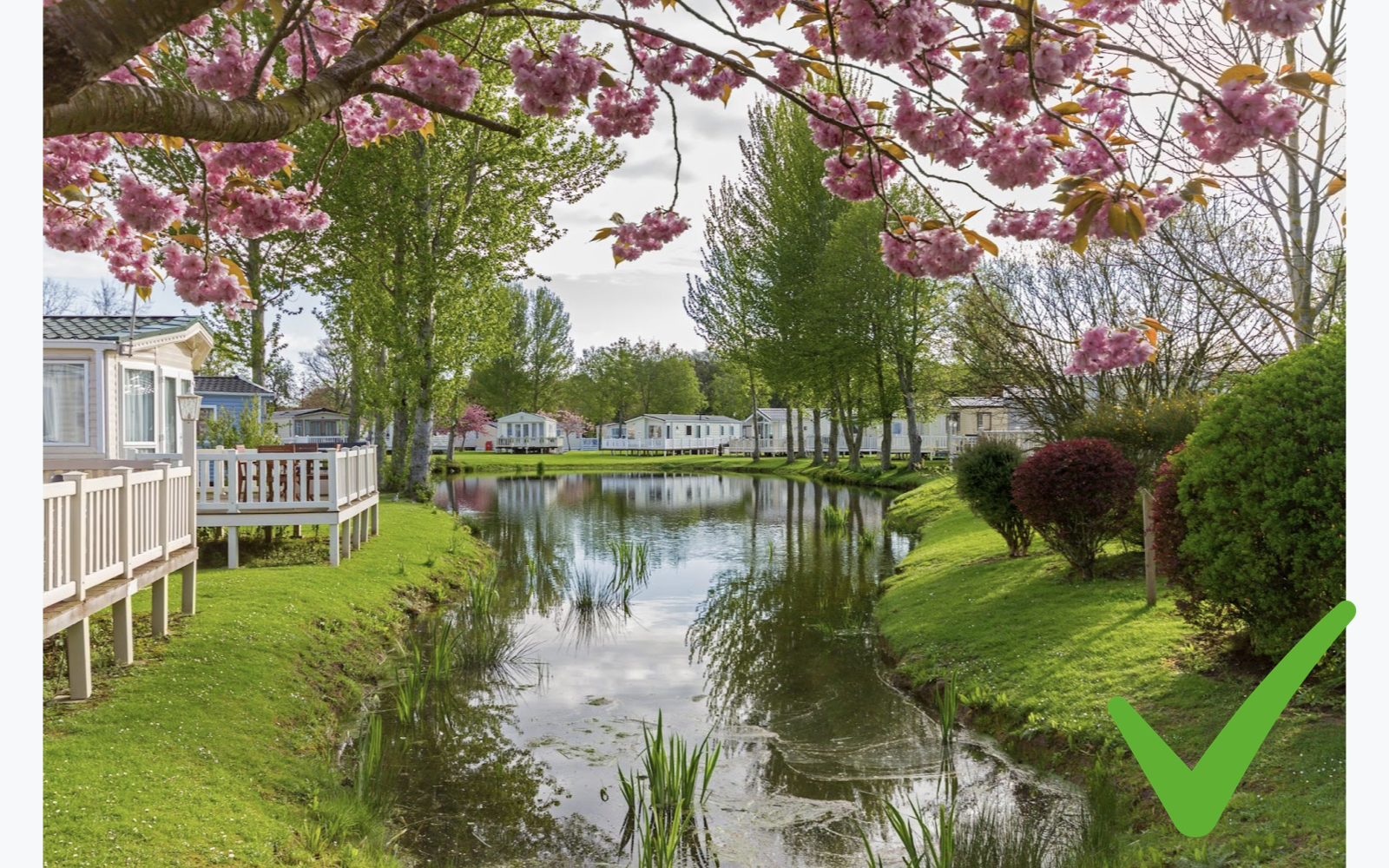
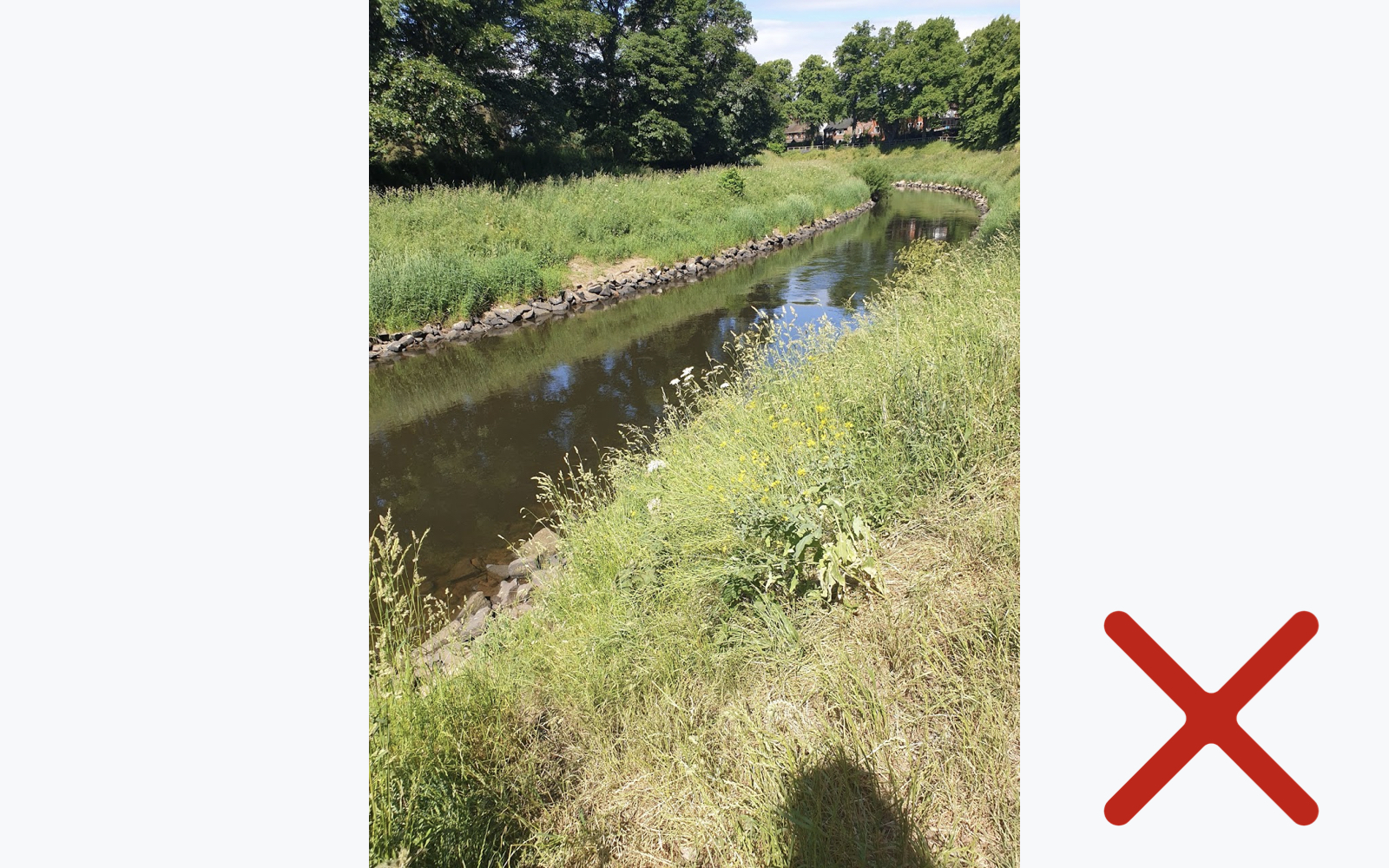
The best photography your park has ever seen
If you keep all these tips in mind when taking photos, we guarantee that your holiday park images will look better than ever before. Plus, they’ll be more appealing to potential holidaymakers and owners!
Subscribe to our mailing list to make sure you don’t miss out on the blog by clicking here. We send out monthly newsletters with useful digital tips for holiday parks, caravan sites, campsites, residential parks and everything in between.

